
RADAR stands for Radio Detection and Ranging System. It is basically an electromagnetic system used to detect the location and distance of an object from the point where the RADAR is placed. It works by radiating energy into space and monitoring the echo or reflected signal from the objects. It operates in the UHF and microwave range.
Radar is a detection system that uses radio waves to determine the range, angle, or velocity of objects. It can be used to detect aircraft, ships, spacecraft, guided missiles, motor vehicles, weather formations, and terrain. A radar system consists of a transmitter producing electromagnetic waves in the radio or microwaves domain, a transmitting antenna, a receiving antenna (often the same antenna is used for transmitting and receiving) and a receiver and processor to determine properties of the object(s). Radio waves (pulsed or continuous) from the transmitter reflect off the object and return to the receiver, giving information about the object’s location and speed.
Radar was developed secretly for military use by several nations in the period before and during World War II. A key development was the cavity magnetron in the United Kingdom, which allowed the creation of relatively small systems with sub-meter resolution. The term RADAR was coined in 1940 by the United States Navy as an acronym for “radio detection and ranging”. The term radar has since entered English and other languages as a common noun, losing all capitalization. During RAF RADAR courses in 1954/5 at Yatesbury Training Camp “radio azimuth direction and ranging” was suggested. The modern uses of radar are highly diverse, including air and terrestrial traffic control, radar astronomy, air-defense systems, antimissile systems, marine radars to locate landmarks and other ships, aircraft anti-collision systems, ocean surveillance systems, outer space surveillance and rendezvous systems, meteorological precipitation monitoring, altimetry and flight control systems, guided missile target locating systems, self-driving cars, and ground-penetrating radar for geological observations. High tech radar systems are associated with digital signal processing, machine learning and are capable of extracting useful information from very high noise levels.
Other systems similar to radar make use of other parts of the electromagnetic spectrum. One example is LIDAR, which uses predominantly infrared light from lasers rather than radio waves. With the emergence of driverless vehicles, radar is expected to assist the automated platform to monitor its environment, thus preventing unwanted incidents.
Basics Components of a Radar System
The RADAR system generally consists of a transmitter which produces an electromagnetic signal which is radiated into space by an antenna. When this signal strikes any object, it gets reflected or reradiated in many directions. This reflected or echo signal is received by the radar antenna which delivers it to the receiver, where it is processed to determine the geographical statistics of the object. The range is determined by the calculating the time taken by the signal to travel from the RADAR to the target and back. The target’s location is measured in angle, from the direction of maximum amplitude echo signal, the antenna points to. To measure range and location of moving objects, Doppler Effect is used.
 Given below are 6 major parts of a RADAR System:
Given below are 6 major parts of a RADAR System:
- A Transmitter: It can be a power amplifier like a Klystron, Travelling Wave Tube or a power Oscillator like a Magnetron. The signal is first generated using a waveform generator and then amplified in the power amplifier.
- Waveguides: The waveguides are transmission lines for transmission of the RADAR signals.
- Antenna: The antenna used can be a parabolic reflector, planar arrays or electronically steered phased arrays.
- Duplexer: A duplexer allows the antenna to be used as a transmitter or a receiver. It can be a gaseous device that would produce a short circuit at the input to the receiver when transmitter is working.
- Receiver: It can be super heterodyne receiver or any other receiver which consists of a processor to process the signal and detect it.
- Threshold Decision: The output of the receiver is compared with a threshold to detect the presence of any object. If the output is below any threshold, the presence of noise is assumed.
Types of Radar Systems
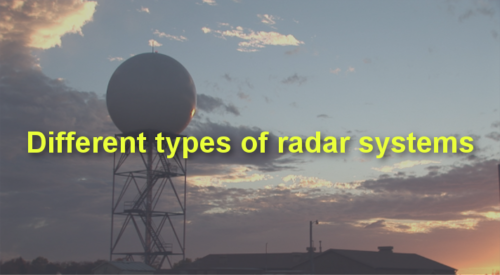 Some of the more prominent types of radars are described below. These descriptions are not precise, for each of these radar types usually employ a characteristic waveform and signal processing that differentiate it from other radars.
Some of the more prominent types of radars are described below. These descriptions are not precise, for each of these radar types usually employ a characteristic waveform and signal processing that differentiate it from other radars.
- Land-Based Air Defense Radars. These radars cover all fixed, mobile, and transportable 2-D and 3-D systems used in the air defense mission.
- Battlefield, Missile Control, and Ground Surveillance Radars. These radars also include battlefield surveillance, tracking, fire-control, and weapons-locating radar systems, whether fixed, mobile, transportable, or man-portable.
- Naval and Coastal Surveillance, and Navigation Radars. These radars consist of shipborne surface search and air search radars (2-D and 3-D) as well as land-based coastal surveillance radars.
- Naval Fire-Control Radars. These are shipborne radars that are part of a radar-based fire-control and weapons guidance systems.
- Airborne Surveillance Radars. These radar systems are designed for early warning, land and maritime surveillance, whether for fixed-wing aircraft, helicopters, or remotely piloted vehicles (RPV's).
- Airborne Fire-Control Radars. Includes those airborne radar systems for weapons fire-control (missiles or guns) and weapons aiming.
- Spaceborne Radar Systems. Considerable effort has been applied to spaceborne radar (SBR) research for intelligence, surveillance, and reconnaissance missions over the last 30 years. The Department of Defense (DOD) seems to be expressing new interest in SBR.
- Military Air Traffic Control (ATC), Instrumentation and Ranging Radars. These include both land-based and shipborne ATC radar systems used for assisting aircraft landing, and supporting test and evaluation activities on test ranges. See Appendix B for descriptions of shipborne ATC radars.
- Simple Pulse Radar: This type is the most typical radar with a waveform consisting of repetitive short-duration pulses. Typical examples are long-range air and maritime surveillance radars, test range radars, and weather radars. There are two types of pulse radars that uses the Doppler frequency shift of the received signal to detect moving targets, such as aircraft, and to reject the large unwanted echoes from stationary clutter that do not have a Doppler shift. One is called moving-target indication (MTI) radar and the other is called pulse Doppler radar. Users of pulse radars include the Army, Navy, Air Force, FAA, USCG, NASA, Department of Commerce (DOC), Department of Energy (DOE), U.S. Department of Agriculture (USDA), Department of the Interior (DOI), National Science Foundation (NSF), and Department of Treasury.
- Moving-Target Indication (MTI) Radar: By sensing Doppler frequencies, an MTI radar can differentiate echoes of a moving target from stationary objects and clutter, and reject the clutter. Its waveform is a train of pulses with a low PRR to avoid range ambiguities. What this means is that range measurement at the low PRR is good while speed measurement is less accurate than at a high PRR's. Almost all ground-based aircraft search and surveillance radar systems use some form of MTI. The Army, Navy, Air Force, FAA, USCG, NASA, and DOC are large users of MTI radars.
- Airborne Moving-Target Indication (AMTI) Radar: An MTI radar in an aircraft encounters problems not found in a ground-based system of the same kind because the large undesired clutter echoes from the ground and the sea have a Doppler frequency shift introduced by the motion of the aircraft carrying the radar. The AMTI radar, however, compensates for the Doppler frequency shift of the clutter, making it possible to detect moving targets even though the radar unit itself is in motion. AMTI radars are primarily used by the Army, Navy, Air Force, and the USCG.
- Pulse Doppler Radar: As with the MTI system, the pulse Doppler radar is a type of pulse radar that utilizes the Doppler frequency shift of the echo signal to reject clutter and detect moving aircraft. However, it operates with a much higher PRR than the MTI radar. (A high-PRR pulse Doppler radar, for example, might have a PRR of 100 kHz, as compared to an MTI radar with PRR of perhaps 300 Hz) The difference of PRR's gives rise to distinctly different behavior. The MTI radar uses a low PRR in order to obtain an unambiguous range measurement. This causes the measurement of the target's radial velocity (as derived from the Doppler frequency shift) to be highly ambiguous and can result in missing some target detections. On the other hand, the pulse Doppler radar operates with a high PRR so as to have no ambiguities in the measurement of radial velocity. A high PRR, however, causes a highly ambiguous range measurement. The true range is resolved by transmitting multiple waveforms with different PRR's. Pulse Doppler radars are used by the Army, Navy, Air Force, FAA, USCG, NASA, and DOC.
- High-Range Resolution Radar: This is a pulse-type radar that uses very short pulses to obtain range resolution of a target the size ranging from less than a meter to several meters across. It is used to detect a fixed or stationary target in the clutter and for recognizing one type of target from another and works best at short ranges. The Army, Navy, Air Force, NASA, and DOE are users of high-range resolution radars.
- Pulse-Compression Radar: This radar is similar to a high-range resolution radar but overcomes peak power and long-range limitations by obtaining the resolution of a short pulse but with the energy of a long pulse. It does this by modulating either the frequency or the phase of a long, high-energy pulse. The frequency or phase modulation allows the long pulse to be compressed in the receiver by an amount equal to the reciprocal of the signal bandwidth. The Army, Navy, Air Force, NASA, and DOE are users of pulse-compression radars.
- Synthetic Aperture Radar (SAR): This radar is employed on an aircraft or satellite and generally its antenna beam is oriented perpendicular to its direction of travel. The SAR achieves high resolution in angle (cross range) by storing the sequentially received signals in memory over a period of time and then adding them as if they were from a large array antenna. The output is a high-resolution image of a scene. The Army, Navy, Air Force, NASA, and NOAA are primary users of SAR radars.
- Inverse Synthetic Aperture Radar (ISAR): In many respects, an ISAR is similar to SAR, except that it obtains cross-range resolution by using Doppler frequency shift that results from target movements relative to the radar. It is usually used to obtain an image of a target. ISAR radars are used primarily by the Army, Navy, Air Force, and NASA.
- Side-Looking Airborne Radar (SLAR): This variety of airborne radar employs a large side-looking antenna (i.e., one whose beam is perpendicular to the aircraft's line of flight) and is capable of high-range resolution. (The resolution in cross range is not as good as can be obtained with SAR, but it is simpler than the latter and is acceptable for some applications.) SLAR generates map-like images of the ground and permits detection of ground targets. This radar is used primarily by the Army, Navy, Air Force, NASA, and the USCG.
- Imaging Radar: Synthetic aperture, inverse synthetic aperture, and side-looking airborne radar techniques are sometimes referred to as imaging radars. The Army, Navy, Air Force, and NASA are the primary users of imaging radars.
- Tracking Radar: This kind of radar continuously follows a single target in angle (azimuth and elevation) and range to determine its path or trajectory, and to predict its future position. The single-target tracking radar provides target location almost continuously. A typical tracking radar might measure the target location at a rate of 10 times per second. Range instrumentation radars are typical tracking radars. Military tracking radars employ sophisticated signal processing to estimate target size or identify specific characteristics before a weapon system is activated against them. These radars are sometimes referred to as fire-control radars. Tracking radars are primarily used by the Army, Navy, Air Force, NASA, and DOE.
- Track-While-Scan (TWS) Radar: There are two different TWS radars. One is more or less the conventional air surveillance radar with a mechanically rotating antenna. Target tracking is done from observations made from one rotation to another. The other TWS radar is a radar whose antenna rapidly scans a small angular sector to extract the angular location of a target. The Army, Navy, Air Force, NASA, and FAA are primary user of TWS radars.
- 3-D Radar: Conventional air surveillance radar measures the location of a target in two dimensions-range and azimuth. The elevation angle, from which target height can be derived, also can be determined. The so-called 3-D radar is an air surveillance radar that measures range in a conventional manner but that has an antenna which is mechanically or electronically rotated about a vertical axis to obtain the azimuth angle of a target and which has either fixed multiple beams in elevation or a scanned pencil beam to measure its elevation angle. There are other types of radar (such as electronically scanned phased arrays and tracking radars) that measure the target location in three dimensions, but a radar that is properly called 3-D is an air surveillance system that measures the azimuth and elevation angles as just described. The use of 3-D radars is primarily by the Army, Navy, Air Force, NASA, FAA, USCG, and DOE.
- Active Electronically Scanned Phased-Array Radar: An electronically scanned phased-array antenna can position its beam rapidly from one direction to another without mechanical movement of large antenna structures. Agile, rapid beam switching permits the radar to track many targets simultaneously and to perform other functions as required. The Army, Navy, and Air Force are the primary users of electronically scanned phased-array radars.
- Continuous-Wave (CW) Radar: Since a CW radar transmits and receives at the same time, it must depend on the Doppler frequency shift produced by a moving target to separate the weak echo signal from the strong transmitted signal. A simple CW radar can detect targets, measure their radial velocity (from the Doppler frequency shift), and determine the direction of arrival of the received signal. However, a more complicated waveform is required for finding the range of the target. Almost all Federal agencies used some type of CW radar for applications ranging from target tracking to weapons fire-control to vehicle-speed detection.
- Frequency-modulated Continuous-wave (FM-CW) Radar: If the frequency of a CW radar is continually changed with time, the frequency of the echo signal will differ from that transmitted and the difference will be proportional to the range of the target. Accordingly, measuring the difference between the transmitted and received frequencies gives the range to the target. In such a frequency-modulated continuous-wave radar, the frequency is generally changed in a linear fashion, so that there is an up-and-down alternation in frequency. The most common form of FM-CW radar is the radar altimeter used on aircraft or a satellite to determine their height above the surface of the Earth. Phase modulation, rather than frequency modulation, of the CW signal has also been used to obtain range measurement. The primary users of these radars are the Army, Navy, Air Force, NASA, and USCG.
- High Frequency Over-the-Horizon (HF OTH) Radar: This radar operates in the high frequency (HF) portion of the electromagnetic spectrum (3-30 MHz) to take advantage of the refraction of radio waves by the ionosphere that allows OTH ranges of up to approximately 2,000 nautical miles. HF OTH can detect aircraft, ballistic missiles, ships, and ocean-wave effects. The Navy and Air Force use HF OTH radars.
- Scatterometer: This radar is employed on an aircraft or satellite and generally its antenna beam is oriented at various aspects to the sides of its track vertically beneath it. The scatterometer uses the measurement of the return echo power variation with aspect angle to determine the wind direction and speed of the Earth's ocean surfaces.
- Precipitation Radar: This radar is employed on an aircraft or satellite and generally its antenna beam is scanning at an angle optimum to its flight path to measure radar returns from rainfall to determine rainfall rate.
- Cloud Profile Radar: Usually employed aboard an aircraft or satellite. The radar beam is oriented at nadir measuring the radar returns from clouds to determine the cloud reflectivity profile over the Earth's surface.
RADAR APPLICATIONS:
Military Applications: The RADAR has 3 major applications in Military:
- In air defense it is used for target detection, target recognition and weapon control (directing the weapon to the tracked targets).
- In missile system to guide the weapon.
- Identifying enemy locations in map.
Air Traffic Control: The RADAR has 3 major applications in Air Traffic control:
- To control air traffic near airports. The Air Surveillance RADAR is used to detect and display the aircraft’s position in the airport terminals.
- To guide the aircraft to land in bad weather using Precision Approach RADAR.
- To scan the airport surface for aircraft and ground vehicle positions
Remote Sensing: RADAR can be used for observing weather or observing planetary positions and monitoring sea ice to ensure smooth route for ships.
Ground Traffic Control: RADAR can also be used by traffic police to determine speed of the vehicle, controlling the movement of vehicles by giving warnings about presence of other vehicles or any other obstacles behind them.
Space: RADAR has 3 major applications:
- To guide the space vehicle for safe landing on moon
- To observe the planetary systems
- To detect and track satellites
FUTURE OF RADAR SYSTEMS
The global radar manufacturing market should reach $35.7 billion by 2022 at a compound annual growth rate (CAGR) of 5.3%.
1. 3D Radar Systems
Many companies and military organizations globally are investing in 3D radar systems to increase the performance and efficiency of weather monitoring, military and surveillance systems. In a 3D radar system, measurements of all three space coordinates are made within a radar system. 3D radars have pencil beams which are rotated for scanning purposes. After each scanning rotation, the antenna elevation is shifted to the next sound. This process is further repeated on many angles to scan the entire volume of air around the radar within its maximum range. 3D radars are now replacing 2D radars mostly in the defense and meteorological industries.
2. Rising Use of Passive Radars
Passive radars are gaining traction in the market as they are less expensive and more efficient. These types of radars comprise of a class of radar systems that detect and track objects by processing reflections from non-cooperative sources of illumination, such as commercial and communication signals. They use existing electromagnetic signals from the atmosphere to support imaging and tracking capabilities compared to the regular/active radar that sends out electromagnetic signals to the target and receives reflected signals from the target. Passive radars use ambient radio signals for tracking and surveillance and are less expensive to operate.
3. Increasing Demand in AESA - Active Electronically Scanned Array Radar System
Active Electronically Scanned Array (AESA) technology is gaining traction as it has advance tracking and detection capabilities. AESA has controlled array antenna in which the beam of radio waves can be electronically steered to point in different directions without moving the antenna. New AESA technologies have enabled an evolution to higher (millimeter wave) frequencies providing greater resolution with smaller phased-array antennas. These radars have much more efficient detection, targeting, tracking and self-protection capabilities compared to traditional mechanically scanned radar systems.
4. LIDAR Sensors in Automotive Radars
Automotive manufacturers are increasingly integrating LIDAR (Light detection and ranging) sensors in automotive radars to collect the data faster with high accuracy. LIDAR uses pulsed laser light to illuminate target and reflect the pulses with sensor and the differences in laser return times and wavelengths are used to make 3D representations of the target. LIDARs placed above vehicles provide 360 degree of obstacles vehicles should avoid. LIDARs in automotive vehicles generally use 905nm wavelength that can provide up to 200m range in restricted conditions. LIDARs are predominantly used in self-driving cars.
5. Integration of Radars and GPS
Radar manufacturers are increasingly integrating GPS with civil radars to improve tracking accuracy in security and navigation systems. The integration of radars and GPS in security systems offers automatic target following, friend or foe tracking and monitoring of areas in darkness. For instance, PureTech Systems integrated radar and GPS technologies in its automated outdoor surveillance system, PureActiv, that provides security professionals with accurate and reliable surveillance in indoor, outdoor and remote environments. In navigation systems, radar detection technology and GPS are being integrated to provide drivers with information related to speed limits, red light signals, 3D mapping of surroundings, lane assist and others.






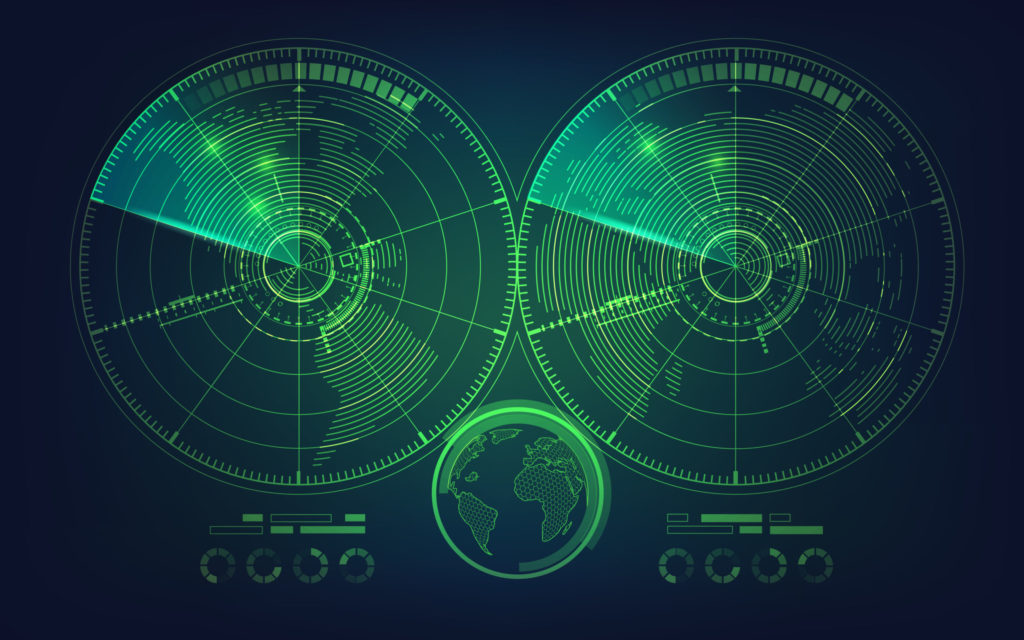
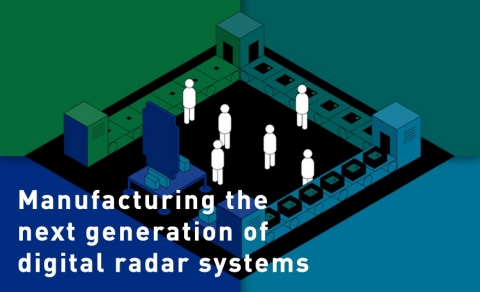
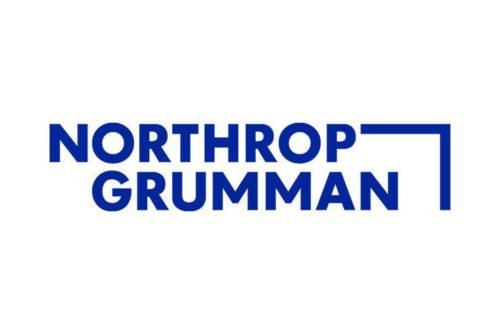
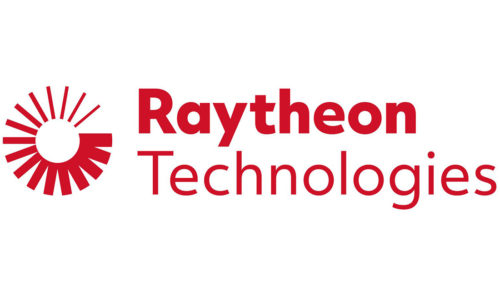
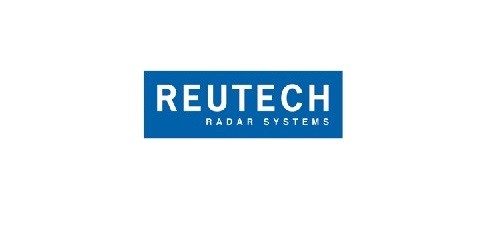
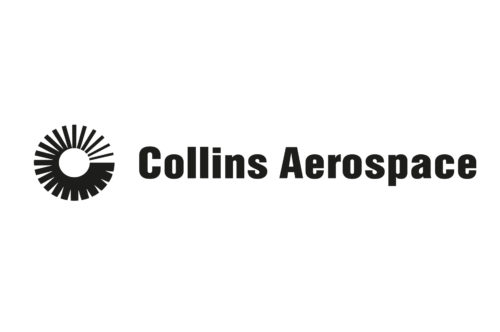


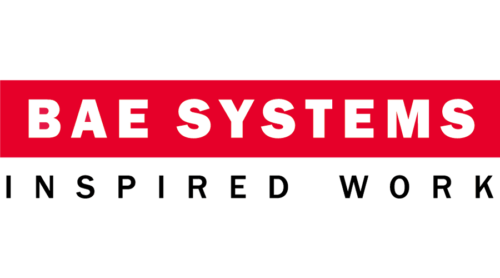
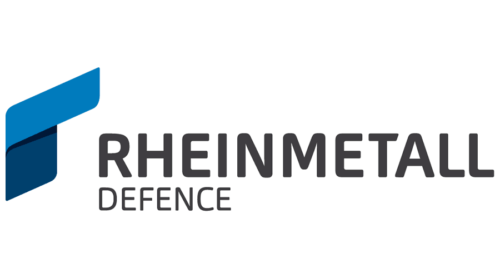
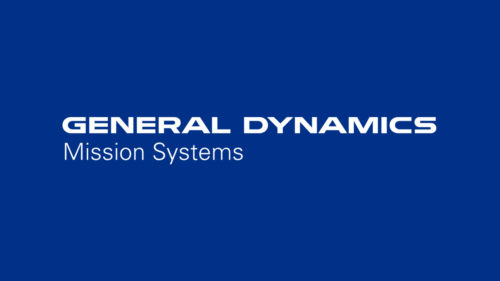


Leave a Reply